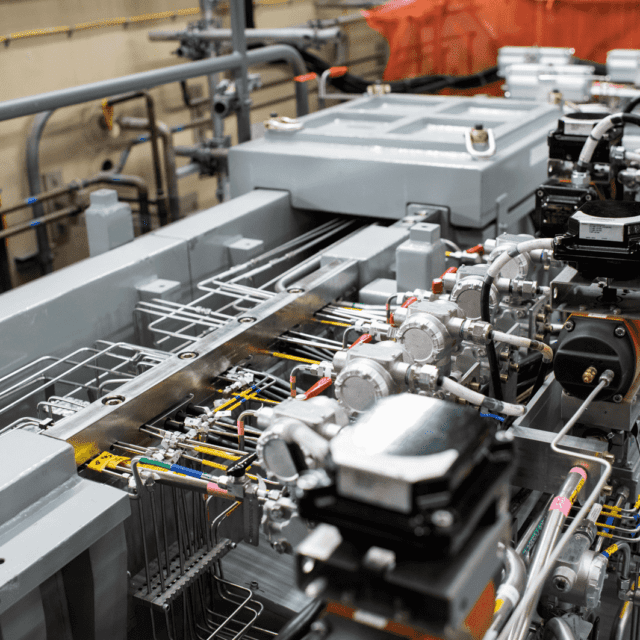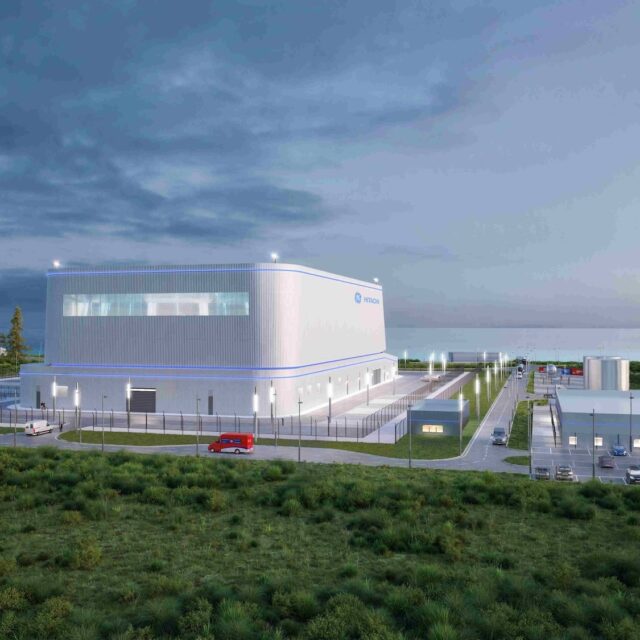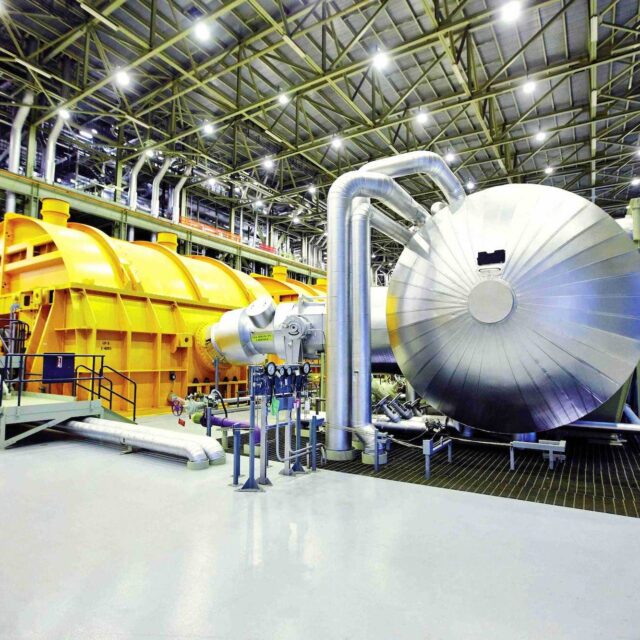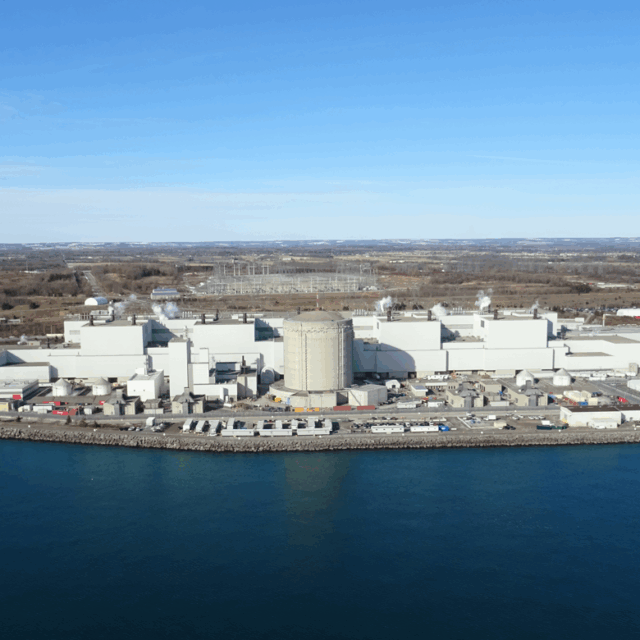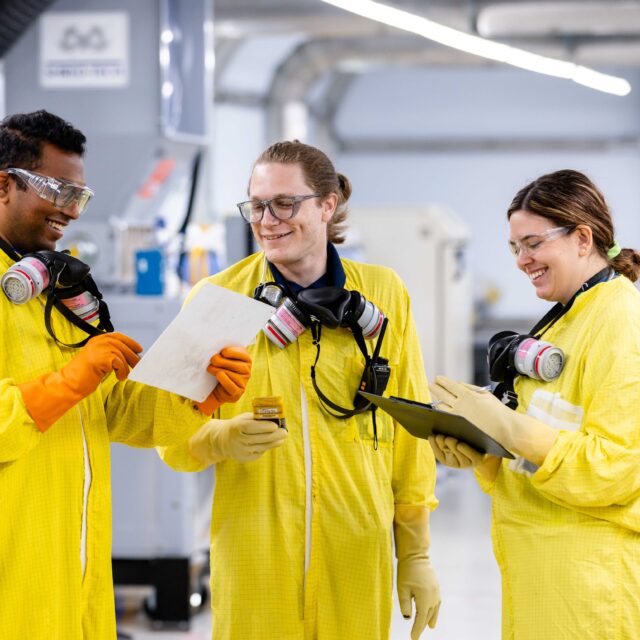With extensive expertise along the nuclear energy lifecycle, Laurentis has developed a niche when it comes to nuclear waste. Innovative research paired with real world commercial applications means Laurentis’s nuclear waste services are in a league of their own.
Laurentis’s low-level waste management services
Laurentis provides low-level waste (LLW) sorting and segregation services, placing material into reductive streams such as incinerable, compactable, metal, washable, and non-processable. This supports a reduction in the stored volume of a nuclear fleet’s byproducts, which directly impacts the amount of material needed to be stored as a regulated item, which in turn reduces a nuclear station’s operating costs.
Additionally, Laurentis removes material from waste that has been sorted and segregated to meet a very specific activity and geometrical criteria under its Material Release initiative. The material previously required to be maintained in a regulated space is confirmed to have no presence of contaminant and removed through conventional waste handling means. This removes items from the expensive regulatory process and places them back into conventional, lower-cost waste handling streams.
Driven by research and data, Laurentis’s waste management programs have handled more than 150,000 data points to date. Each data point represents specific activity measurements of low-level waste. It is the largest data set of LLW in North America.
WCSR fast facts
Nuclear energy innovation in action
0
42000
square feet
Lower costs
for decommissioning, storage and disposal
0
25
jobs created locally
A deeper dive: the WCSR
When materials become contaminated by exposure to nuclear radiation, they need to be safely disposed of so as not to present any harm to the surrounding environment. The nuclear waste that most people are familiar with is spent fuel, which is considered a high-level waste because it remains radioactive for many years. But there are other materials that become nuclear waste due to exposure to some aspect of the nuclear reaction. These items include worker garments, which are worn to protect the workers themselves from radiation. They include small tools used inside the reactor, or mops and rags. These materials need to be safely disposed of—or ideally, recycled for reuse in the nuclear industry—which is where the WCSR comes in.
The WCSR is the product of a joint research initiative between McMaster University and Laurentis. The research looked into the most efficient, environmentally responsible ways that low-level waste could be disposed of. The application of this research resulted in the WCSR.
The WCSR is a significant milestone in Laurentis’s commitment to cutting-edge nuclear solutions because it maximizes the recycling of waste and minimizes the need for longer-term storage facilities. This reduction in the space required for interim and permanent disposal facilities has a positive impact on the environment and the price of nuclear power. It also helps lower the cost of both operating and decommissioning nuclear sites.
Laurentis’s expertise in carefully sorting and segregating what is clean, what is recyclable and what can be processed to reduce volume is an in-demand service with applications across nuclear technologies.
